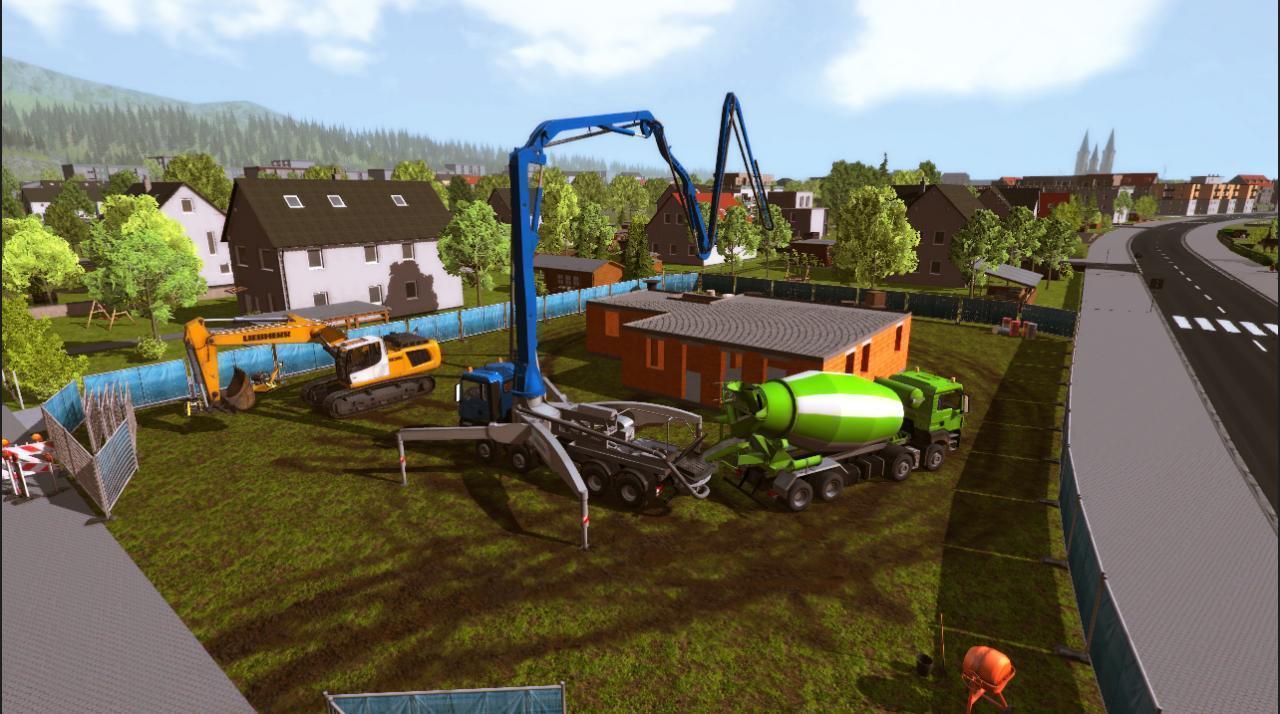
Also, the practice of erecting large monolithic columns was practically abandoned in favour of using several column drums. In contrast to the archaic period with its pattern of ever-increasing block sizes, Greek temples of the classical age like the Parthenon invariably featured stone blocks weighing less than 15–20 metric tons. For the next 200 years, Greek building sites witnessed a sharp reduction in the weights handled, as the new lifting technique made the use of several smaller stones more practical than fewer larger ones. The introduction of the winch and pulley hoist soon led to a widespread replacement of ramps as the main means of vertical motion. Since these holes point at the use of a lifting device, and since they are to be found either above the center of gravity of the block, or in pairs equidistant from a point over the center of gravity, they are regarded by archaeologists as the positive evidence required for the existence of the crane. 515 BC distinctive cuttings for both lifting tongs and lewis irons begin to appear on stone blocks of Greek temples. The archaeological record shows that no later than c.

Greco-Roman Trispastos ("Three-pulley-crane"), a simple crane type (150 kg load)Ī crane for lifting heavy loads was developed by the Ancient Greeks in the late 6th century BC. The shadouf subsequently appeared in ancient Egyptian technology circa 2000 BC. It was invented in Mesopotamia (modern Iraq) circa 3000 BC. The first type of crane machine was the shadouf, which had a lever mechanism and was used to lift water for irrigation.

There are many different types of cranes, each tailored to a specific use.
Construction simulator 2015 tower crane manual#
Modern cranes usually use internal combustion engines or electric motors and hydraulic systems to provide a much greater lifting capability than was previously possible, although manual cranes are still utilized where the provision of power would be uneconomic. The first mechanical power was provided by steam engines, the earliest steam crane being introduced in the 18th or 19th century, with many remaining in use well into the late 20th century. The earliest cranes were constructed from wood, but cast iron, iron and steel took over with the coming of the Industrial Revolution.įor many centuries, power was supplied by the physical exertion of men or animals, although hoists in watermills and windmills could be driven by the harnessed natural power. In the High Middle Ages, harbour cranes were introduced to load and unload ships and assist with their construction-some were built into stone towers for extra strength and stability.

Larger cranes were later developed in the Roman Empire, employing the use of human treadwheels, permitting the lifting of heavier weights. Construction cranes later appeared in ancient Greece, where they were powered by men or animals (such as donkeys), and used for the construction of buildings. The first known crane machine was the shadouf, a water-lifting device that was invented in ancient Mesopotamia (modern Iraq) and then appeared in ancient Egyptian technology.

Cranes are commonly employed in transportation for the loading and unloading of freight, in construction for the movement of materials, and in manufacturing for the assembling of heavy equipment. The device uses one or more simple machines to create mechanical advantage and thus move loads beyond the normal capability of a human. It is mainly used for lifting heavy objects and transporting them to other places. Manual crane from the late 19th century used for unloading small loads (bales, crates, etc.) from ships at the Port of Barcelona, Spain.Ī crane is a type of machine, generally equipped with a hoist rope, wire ropes or chains, and sheaves, that can be used both to lift and lower materials and to move them horizontally.


 0 kommentar(er)
0 kommentar(er)
